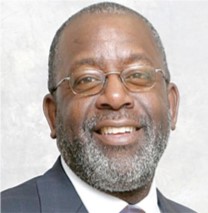Research Shows Schools Start Too Early; Some South Windsor Students Begin at 6:30 AM
/A national publication, highlighting policies that school districts around the country are experimenting with to “make schools better for kids,” suggests starting classes after 8:30 a.m. Some schools in Connecticut and across the nation are doing so, moving high school start times from earlier hours. In South Windsor, however, the experiment is in the opposite direction, with a select group of high school students beginning weekday classes at 6:30 a.m.
It's part of a new pilot plan called "zero period," created as a temporary relief for some students until the school can transition from a seven-period to an eight-period school day, Principal Daniel Sullivan recently told The Hartford Courant.
"It's not for everybody and it's not a requirement for the kids that are doing it," Sullivan said. "It's going to be tough … but they chose it because it's what they want. They're doing what they want to do and we're glad to give them that opportunity."
In other schools, the pendulum is moving the opposite way. “In order to stay healthy, adolescents need at least eight hours of sleep each night; deprivation can lad to weight gain, focus issues, lower academic performance and other problems, the article in TIME magazine points out.
“Biologically, adolescents are hardwired to stay up late, often until 11 p.m. or midnight. That’s why federal official and medical experts are calling for middle and high schools to start after – at or after 8:30 a.m.,” the magazine indicates. The Portland Press Herald recently reported that the Centers for Disease Control (CDC), the American Academy of Pediatrics and numerous studies recommend later start times for secondary education – preferably 8:30 or later. 
In more than 40 states, at least 75 percent of public schools start earlier than 8:30 a.m., according to the CDC’s report. But those numbers are changing. The idea is to improve the odds of adolescents getting sufficient sleep so they can thrive both physically and academically. Among an estimated 39,700 public middle, high, and combined schools in the United States, the average start time was 8:03 a.m., the CDC reported. In Connecticut, fewer than 5 percent of middle and high schools started at 8:30 or later, one of the lowest rates in the country.
 The CDC’s recommendations in August came a year after the American Academy of Pediatrics urged schools to adjust start times so more kids would get the recommended 8.5 to 9.5 hours of nightly rest. Both the CDC and the pediatricians’ group cited significant risks that come with lack of sleep, including higher rates of obesity and depression and motor-vehicle accidents among teens as well as an overall lower quality of life, The Atlantic recently reported.
The CDC’s recommendations in August came a year after the American Academy of Pediatrics urged schools to adjust start times so more kids would get the recommended 8.5 to 9.5 hours of nightly rest. Both the CDC and the pediatricians’ group cited significant risks that come with lack of sleep, including higher rates of obesity and depression and motor-vehicle accidents among teens as well as an overall lower quality of life, The Atlantic recently reported.
At South Windsor High School, two "zero period" courses begin at 6:30 a.m. and end at 7:15 a.m., allowing students about 10 minutes for breakfast before the start of first period at 7:25 a.m. The school day concludes at 2 p.m.
In South Windsor, the early classes are aimed primarily at sophomore intervention, special education, AP science and music and art students, according to school officials. About 25 students are participating in the pilot program as the school year gets underway. The Courant reports that similar programs have been implemented in schools on the West Coast, with mixed reactions.
In Guilford, school officials were considering revised start times in discussions late last year. But the schedule for the new school year shows the high school start time as 7:25, with middle schools beginning at 7:50 and 8:00 a.m.
This fall, students can choose from a photography and a health class. In the spring, students will have the option of business communications and physical education. Bus transportation is being provided for the students, the Courant reported. "These kids are committing to getting up early, getting here early and taking care of business,” Sullivan said, indicating that the experimental zero period is not a substitute for an eight-period school day.




 “The major health issues that people are most worried about for children across the country reflect the health initiatives providers, communities and policy makers should be focused on,” says Matthew M. Davis, M.D., M.A.P.P., director of the National Poll on Children’s Health and professor of pediatrics and internal medicine in the Child Health Evaluation and Research Unit at the U-M Medical School.
“The major health issues that people are most worried about for children across the country reflect the health initiatives providers, communities and policy makers should be focused on,” says Matthew M. Davis, M.D., M.A.P.P., director of the National Poll on Children’s Health and professor of pediatrics and internal medicine in the Child Health Evaluation and Research Unit at the U-M Medical School.
 The most recent fee data available from 2-1-1 Child Care estimates the statewide average cost of full-time child care in a licensed center-based day care setting is $211/week for 1 preschooler and $253/week for an infant, which adds up to $2,011 per month. This may be less than what many Connecticut families pay for child care each month, due to variations in cost and availability throughout the state, differences in family size, and other costs associated with child care that are not included—such as the cost of alternate care arrangements when the child care setting is closed
The most recent fee data available from 2-1-1 Child Care estimates the statewide average cost of full-time child care in a licensed center-based day care setting is $211/week for 1 preschooler and $253/week for an infant, which adds up to $2,011 per month. This may be less than what many Connecticut families pay for child care each month, due to variations in cost and availability throughout the state, differences in family size, and other costs associated with child care that are not included—such as the cost of alternate care arrangements when the child care setting is closed

 inesses, they’re pushing the envelope - hoping to surpass 1,000 participants.
inesses, they’re pushing the envelope - hoping to surpass 1,000 participants. 











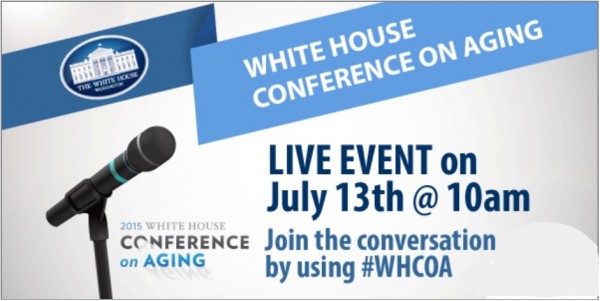 Rather than having delegates from throughout the nation stream into Washington, D.C., Americans are asked to watch events unfold via live stream – either at home, or by getting together with co-workers or people from their local communities. Officials note that more than 600 public and private Watch Parties—in every state—have been organized and registered with WHCOA.
Rather than having delegates from throughout the nation stream into Washington, D.C., Americans are asked to watch events unfold via live stream – either at home, or by getting together with co-workers or people from their local communities. Officials note that more than 600 public and private Watch Parties—in every state—have been organized and registered with WHCOA.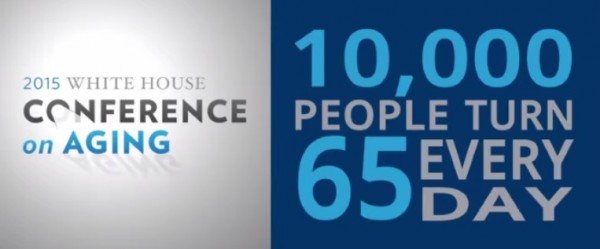
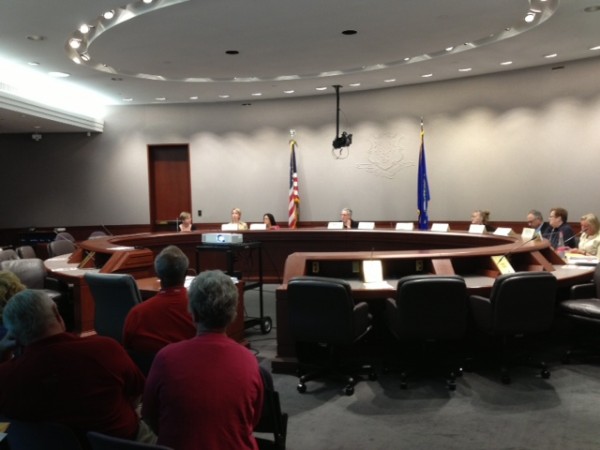
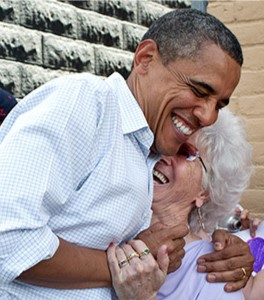
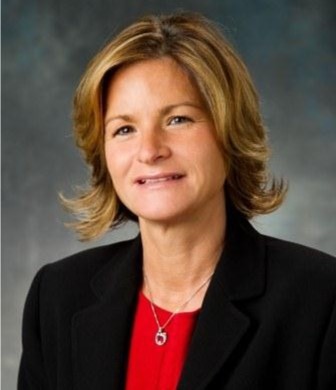 rez, U.S. Department of Labor. The panel will include Jean Chatzky, AARP Financial Ambassador; Vickie Elisa, Mothers’ Voices Georgia;
rez, U.S. Department of Labor. The panel will include Jean Chatzky, AARP Financial Ambassador; Vickie Elisa, Mothers’ Voices Georgia;  emarks or participating in panels are Secretary Tom Perez, U.S. Department of Labor; DJ Patil, White House Office of Science and Technology Policy; Secretary Tom Vilsack, U.S. Department of Agriculture; professional athlete Diana Nyad; Vice Admiral Vivek Murthy, U.S. Surgeon General; Director Richard Cordray, Consumer Financial Protection Bureau; and Stephanie Santoso, White House Office of Science and Technology Policy.
emarks or participating in panels are Secretary Tom Perez, U.S. Department of Labor; DJ Patil, White House Office of Science and Technology Policy; Secretary Tom Vilsack, U.S. Department of Agriculture; professional athlete Diana Nyad; Vice Admiral Vivek Murthy, U.S. Surgeon General; Director Richard Cordray, Consumer Financial Protection Bureau; and Stephanie Santoso, White House Office of Science and Technology Policy.